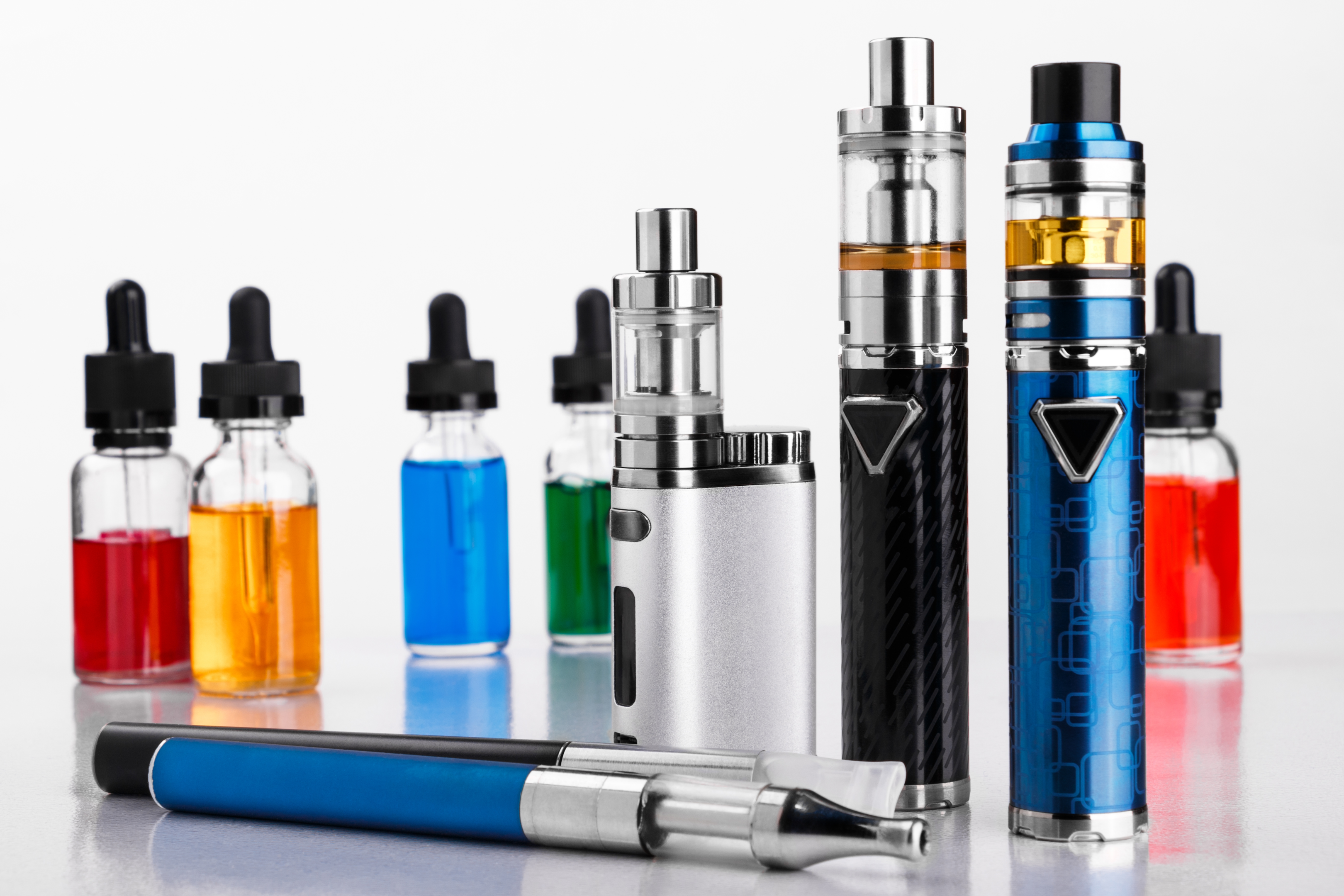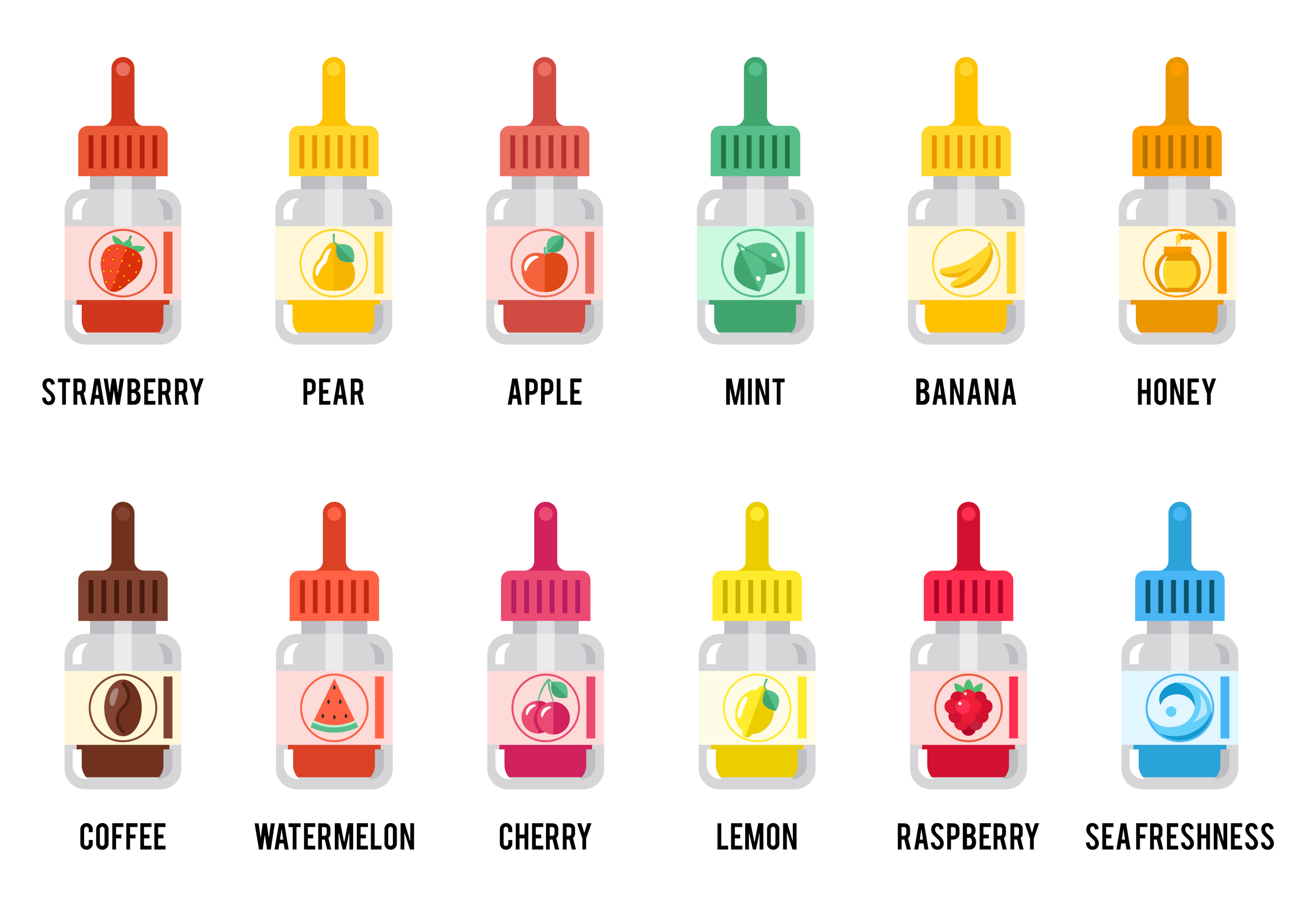What happens when you quit smoking and start vaping?


Everything you need to know before switching to vaping as a cigarette replacement.

Vapes are electronic devices (e-cigarettes) that allow you to inhale nicotine slowly. The act of using e-cigarettes is known as ''vaping''. During vaping, you inhale nicotine vapours instead of taking nicotine through smoke (as happens in smoking).
Although smoking habits are difficult to reduce, vaping can be helpful to reduce it rapidly, and research has found that vapes are twice as effective for the job as other nicotine replacements, e.g., gum and patches.
How lucrative it may seem, you need to be clear about some issues before choosing to vape in your quit-smoking journey.
Vaping devices are available in different types and generations. There are a lot of differences, and the choice depends upon personal preferences and the recommendations of the concerned experts. The commercially available devices can deliver a variable nicotine content of 0.3-5% by volume.
The centre on addiction has categorised vaping devices into three generations, with each coming generation adding something to the previous one. These generations are;
The devices included in the first generation are electronic cigarettes, e.g., minis, cig-a-likes etc. These devices are designed in a shape very similar to standard cigarettes to facilitate smokers' switch quickly. These devices come in rechargeable and disposable forms.
These are the oldest and least expensive options available in the market.
These include vape pens and e-hookah, which resemble a pen and a traditional hookah (an instrument designed to vaporize and inhale tobacco) more than a cigarette. They are also rechargeable and disposable and have a refillable canister.
These canisters are filled with e-liquids available in various nicotine concentrations and flavours.

These are the latest and most modern devices and include JUUL (produced by JUUL and resemble a flash drive), mechanically modified nicotine delivery systems (MODs) and vape MODs.
These systems have different specifications. For example, each cartridge of JUUL has 40 mg of nicotine in each pod, roughly equal to 1 pack of traditional cigarettes. Various variants of MODs are available with different nicotine contents.
These devices are designed to deliver higher quantities of nicotine, are rechargeable and allow you to modify the nicotine dosage. Their longer battery life adds more reliability to these devices.
All these devices use some form of e-liquid (the so-called vape juice) with a variable composition to work as cigarette replacements.
This e-liquid is available in various strengths of nicotine. So you can adjust the amount of nicotine being inhaled to fight the withdrawal symptoms, e.g., low mood, irritability etc. which are often experienced when you use vapes without any nicotine replacement therapy. The nicotine content in these liquids ranges between 0.3-5%.
This solution containing nicotine, flavouring compounds, propylene glycol, ethylene glycol, glycerin and various other combinations is injected into the machine, which heats it to produce vapours. The e-liquid is vastly less harmful than the whole package offered as a cigarette.

Shifting to vaping may come with the following benefits;
Cigarette smoke has nicotine which is responsible for addiction. According to a review published in the TOBACCO CONTROL in 2013, most commercially available cigarettes have 10-15mg of nicotine per rod, and the person smoking cigarettes absorbs nearly 10% of this nicotine.
So, the typical nicotine intake from a regular cigarette is 1-2mg. The lethal dose of nicotine is 30-60mg. Heavy cigarette smokers are at a high risk of developing nicotine poisoning. The vapes are not free from nicotine. However, these devices allow you to control your exposure to nicotine by adjusting the composition of e-liquid.
Besides nicotine, cigarette smoke has other dangerous chemicals, e.g., tar, carbon monoxide, formaldehyde, arsenic, benzene, etc., which can be dangerous for your health. Shifting to vaping will eliminate exposure to the toxins responsible for cardiovascular diseases, lung diseases and cancer unless you are exposed to second-hand smoke.
The benefits of vaping are elaborated by research. A randomized trial study published in the New England Journal of Medicine in 2019 noted that 19% of the people who used vaping to replace cigarettes were successful in the job. The success rate was just 9% in the people using other nicotine replacers, e.g., gum and patches (this study deals with e-cigs).

Some people also find it useful as using it needs a similar type of action by hands and mouth like cigarettes, and it causes a similar sensation at the back of your throat like a cigarette. Vaping also helps to cope with the pangs, a common withdrawal symptom.
Vaping is, however, not free from side effects. In most cases, the side effects are temporary and go away with time. Some common side effects are;
Headaches
Breadth short-sightedness
Irritation in the mouth and throat
Eye irritation
An increased risk of nicotine poisoning, particularly in young people whose lethal dose is much less.
Risk of lung disease and injury and disturbance of lung function
Neuro-developmental defects in children
Immunological and cardiovascular diseases
Dryness in mouth and throat resulting in coughing
The experts have warned against the dangers of advertisements and flavourings used to attract young people. In case of these or any other side effects, you need to consult a vape retailer, or better to consult a quit smoking specialist advisor.
Read more: Nicotine withdrawal symptoms
Vaping is a new therapy (Hon Lik, a Chinese pharmacist in 2003, invented the modern e-cigarette). So little information about its long-term effects is available. However, it is considered much less harmful than smoking.
Besides the side effects reported above, a heavy and long-term user is also exposed to the following risks;
Heavy production of free radicals causes cancer and other serious issues.
Some potentially dangerous issues are associated with improper use, e.g., batteries burning during recharging.
Remember that e-cigarettes are not used to treat addiction as they have nicotine and can be equally and even more addictive than traditional cigarettes. A study published in Environmental Research and Public Health in 2019 noted that nicotine vapes cause more addiction in younger adults than standard cigarettes.

It was also noted that there was a higher degree of nicotine dependence in the people using e-cigarettes. Its main objective is to reduce exposure to other dangerous chemicals in cigarette smoke. However, it can give better results when combined with nicotine replacement products.
You may resort to these devices to avoid the health risks of cigarettes, but unluckily, you are still exposed to a variety of long-term side effects. These include;
Recent reviews and research have found that vaping can harm your circulation and heart health. These devices are reported to release dangerous toxins, e.g., ultra-fine particles, flavourings, e.g., diacetyl, heavy metals, e.g., lead, nickel and tin, volatile organic compounds etc., that are harmful to the heart and circulation.
A recent study published in the Current Emergency and Hospital Medicine Reports in 2020 noted that vaping causes stiffness of arteries, disturbed endothelial function, and increased risk of coronary diseases. However, further studies are needed to determine its safety on a long-term basis. Most of the research done so far needs more quality and focuses on a small population. Broader studies are required to explore the truth further.
Vapes are safer for your lungs than cigarettes but are less safer than zero smoking. These devices can release chemicals which cause an increased risk of lung injury.
The studies have noted that the chemicals in the vapes can irritate the throat and gums and exacerbate tooth decay. Both nicotine and hot vapours can damage your gums and teeth. You can have a higher risk of causing bleeding from gums during brushing and swelling.
Remember that vapes are not intended to be used for quitting smoking. The American Heart Association has recommended that people use other and better methods to quit smoking to have better chances of success.
These instructions can increase the safety of vapes.
It is advised for a non-smoker not to use vapes.
The children and pregnant women are also advised not to use these vapes.
To ensure safety, you should also not modify the vaporizers as the modifications can cause burns and even explosions.
Use the e-liquids only that are recommended by the manufacturers. These e-liquids should never be swallowed or touched in any way.
The use of vaping devices is not safe for young adults, teens and children alike.
Accidental swallowing, inhaling or contact with the e-liquids can cause poisoning in adults and children. Almost half of the calls to the poison control centre related to e-cigarettes are due to younger children coming in contact with the e-liquids.
Read more: Smoking vs Vaping: Differences & Impact on your Health
The need to quitting smoking has led to the introduction of nicotine vapes. But, these vapes are associated with similar health effects, e.g., increased risk of lung cancer and lung injury. The research also suggests they can cause even more nicotine dependence and addiction than cigarette smoking.

Although little data about long-term safety is available, it is well established that vaping is associated with much fewer dangerous chemicals than traditional cigarettes and can be a better and safer alternative. Once your exposure to tar and other harmful substances is reduced, you can ask the doctor to initiate therapy for nicotine dependence and shift to nicotine-free products.
At Welzo Pharmacy, we have a lot of products related to your overall health. Many products related to smoking are also available. Click here to proceed.
We also have various quit-smoking products available for you, including gums, mouth sprays, tablets etc. Click here to select your desired product and consult our experts for any advice.










Plus get the inside scoop on our latest content and updates in our monthly newsletter.